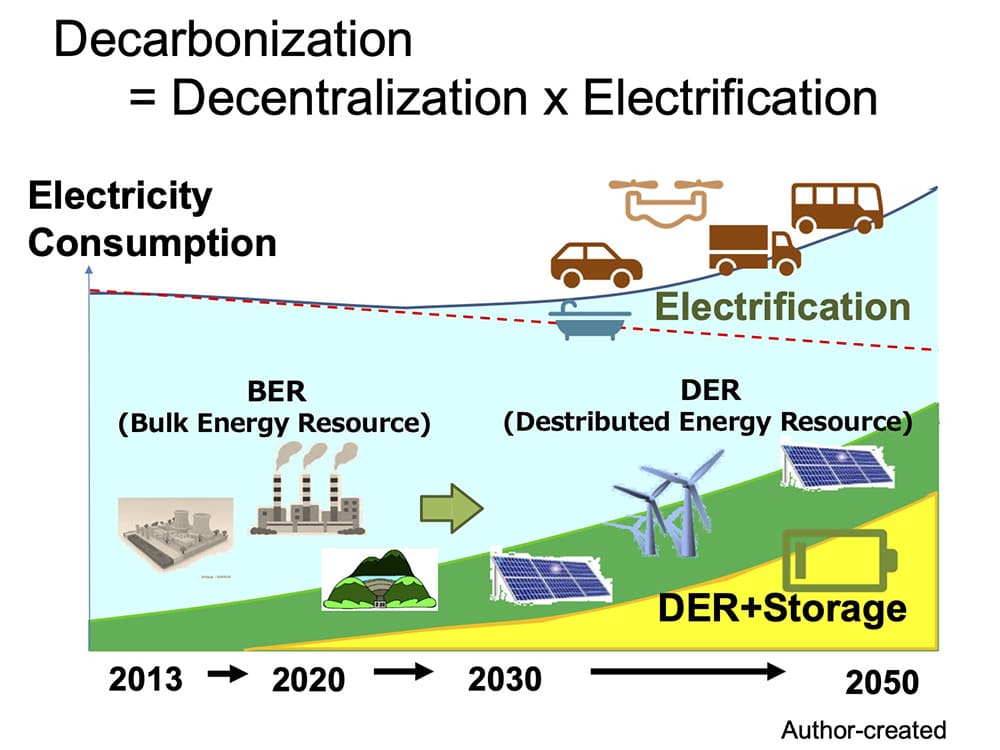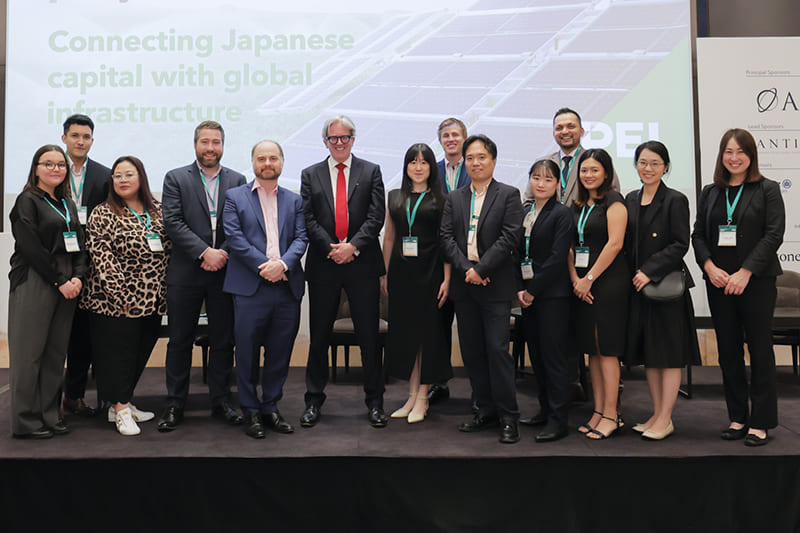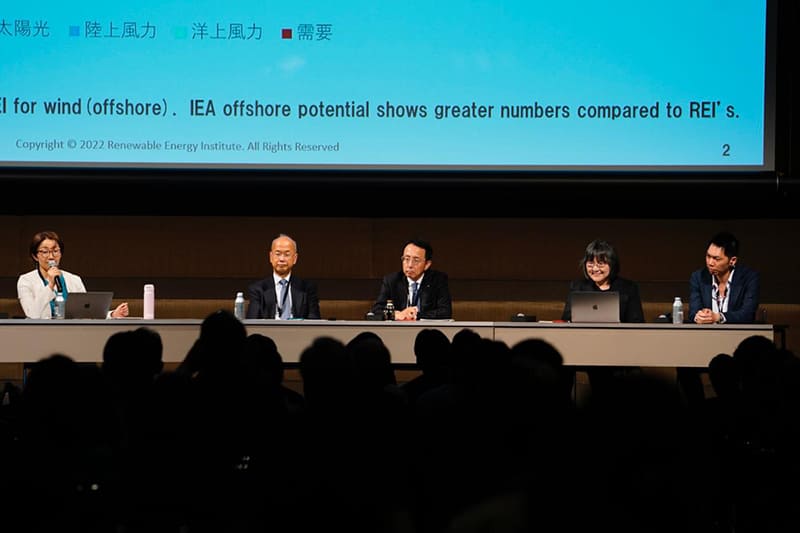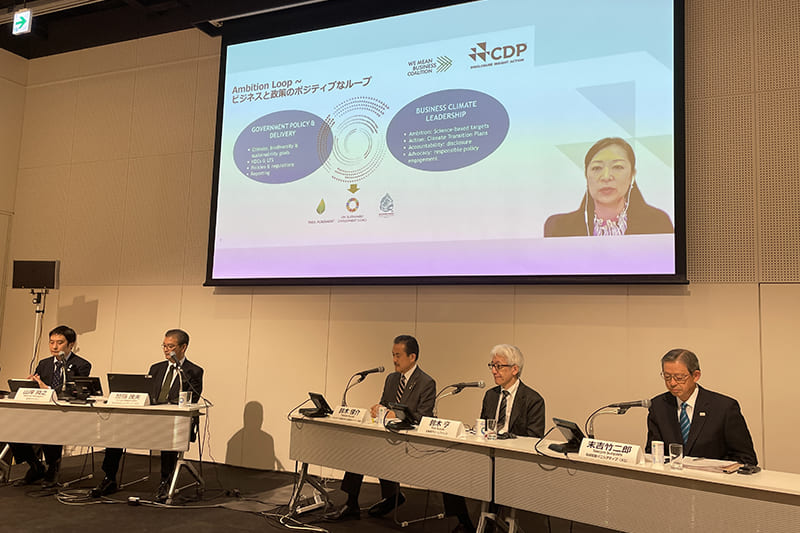April 16, 2021
Japan’s decarbonization vision will take work and innovation
visiting professor

Last October, Prime Minister Yoshihide Suga pledged to cut Japan’s greenhouse gas emissions to net zero by 2050. Europe has clearly indicated that digitalization and the fight against global warming will be the key drivers of its recovery from the COVID-19 pandemic. Suga’s pledge took its cue from this and was made in anticipation that global warming measures will become a key driver for economic growth.
Pledging a net-zero target at this point is significant. It has become the default around the world for countries to pledge net-zero emissions, regardless of the feasibility of that goal. Had Japan stuck with its previous goal of an 80% cut by 2050, pledged under the administration of former Prime Minister Shinzo Abe, it likely would not have been well received. The financial sector, much of which now pursues a low-carbon or decarbonized society, would have shunned Japan, making it difficult for Japanese bonds and businesses to raise funds.
Another positive aspect of Suga’s pledge is that it seeks to achieve both environmental conservation and economic growth. Countries are now working to boost the competitiveness of domestic industries through global warming measures, and Japan must stay competitive.
Strategy for decarbonization

Since the Industrial Revolution, there has been a close correlation between economic growth and greenhouse gas emissions. In order to break this relationship, we need to have a technology that enables a stable supply of energy at a lower cost than fossil fuels.
A key strategy to achieve significant decarbonization is to electrify the demand side and decarbonize the sources of that electricity — both of which have to be done at the same time, and thoroughly. Improving the mileage of gasoline-powered cars is an effective way to reduce CO2 emissions, but there is a limit to how much it can improve efficiency, and it cannot reduce emissions to zero. Electrification, therefore, is a key alternative. Gasoline vehicles can be replaced with electric cars, and power for them can be generated by using energy sources that do not emit CO2, such as renewable energy and nuclear power. This will be the key, yet it is not enough.
It is essential to foster innovation that can drastically change the ways of today’s society, which has realized economic growth by increasing energy consumption. Japan is one of the few countries that have the ability to contribute to the global community by achieving innovation to reduce CO2.
However, innovation here does not mean just technological innovation. A new technology requires ways to reduce its cost and improve its convenience before it can be used widely. In that respect, Japanese companies are behind their Chinese rivals. Japanese manufacturers, for example, have largely withdrawn from the manufacture of solar panels, driven out of the market by Chinese rivals. Japanese companies are often said to have weaknesses in their lack of ability to thoroughly reduce costs or implement viable business models. They definitely need to work to overcome this.
Bumpy road ahead
Now that Japan has shown its vision for decarbonization, what does it have to do next? It has to make its citizens understand what that vision may entail for them — including the need to accept pains associated with a changing society. It also needs to flesh out a path to the transition. Even if we may be able to achieve economic growth through measures against global warming, that does not mean no one will feel the pain associated with the change.
Suppose the gasoline tax were raised significantly to encourage people to shift to electric cars. Even if the increased revenue were used to subsidize the purchase of electric cars, their owners would have to foot major additional costs. Those who continued to own gasoline cars would incur an increased burden from the higher fuel cost. Either way, their standard of living would be affected. The government would not be able to convince the public unless it could clearly explain how a policy that negatively affected low-income households, even if it didn’t urge them to buy new cars, could lead to an improved environment. It also would need to pay attention to wide-ranging areas that would be affected by the reduced gasoline tax revenue, including employment in the automotive and fossil-fuel industries and social infrastructure investment.
The strenuous work of promoting innovation and designing a long-term transition plan for the shift to a decarbonized society has just begun for Japan.

















